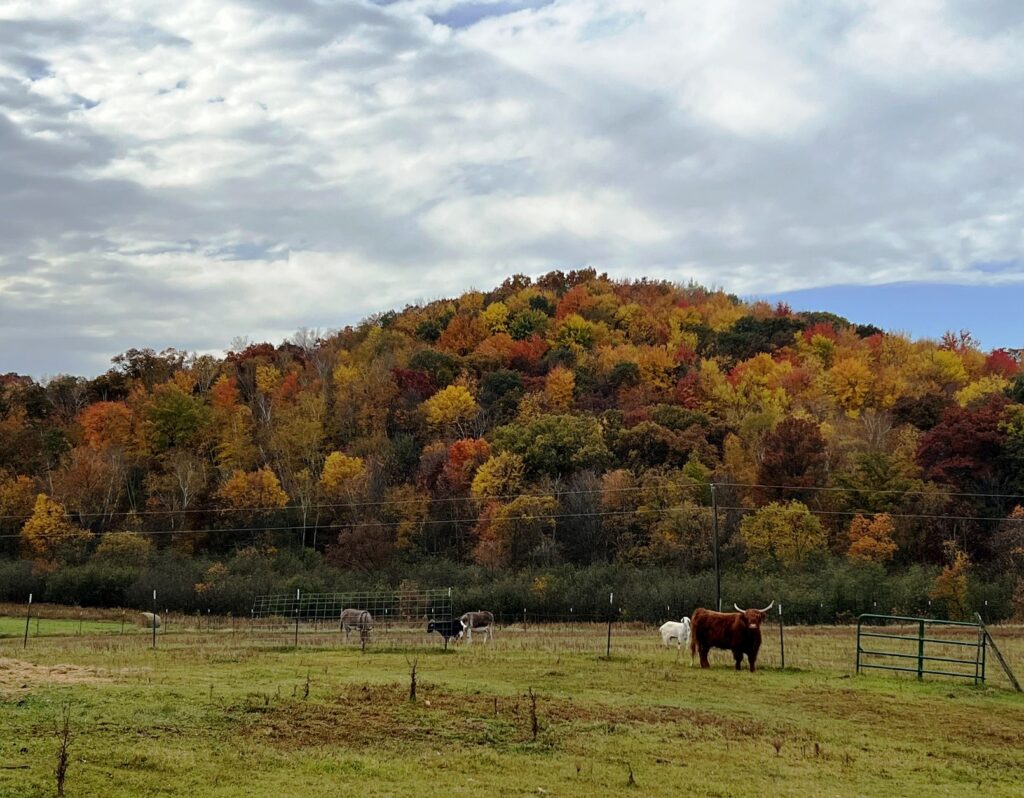Back Home by Chris Hardie
- Download this column as a Word document
- Download the photo that accompany this story
- Chris Hardie’s headshot

I have completed my quinquennial agricultural legal reporting duties with a week to spare.
My 2022 Census of Agriculture – with a deadline of Feb. 6 – is in the books, a mandatory reporting requirement for farmers conducted every five years through the United States Department of Agriculture. The census has been conducted since 1840.
The results of the 2022 Census will not be released until 2024, but a review of prior censuses tells a story about the changes in farming over the past 100 years.
When my great-grandfather Raymond Hardie filled out the 1925 census, Wisconsin had 193,155 farms with an average size of 113.1 acres. That year there were 604,270 horses and colts on Wisconsin farms as well as 6,396 mules. There were more than 3 million cattle and 1.9 million dairy cows.
Enter two major changes that dramatically altered the farming landscape – tractors and electricity. In 1920 there were about 9,000 tractors in Wisconsin. By 1950 there were more than 127,000. That same year the number of horses on farms had dropped to 93,422 and there were 2,257 mules. In 25 years 500,000 horses were replaced by 118,000 tractors.
In 1930, 46,565 farms reported having electricity. Thanks to strong rural electrification efforts – our farm was put on the grid in the late 1940s – that number increased to 156,392 in 1950. With electricity came milking machines and bulk coolers.
The combination of tractor power and electrical power meant farms got larger and were able to support more animals. It meant the disappearance of many small, family farms but allowed existing farms to become much more productive with less manual labor.
The 2017 census showed Wisconsin had 64,793 farms with an average size of 221 acres.
There were 3.5 million cattle and 1.28 million dairy cows. The number of dairy cows has actually declined by 600,000 since 1925, but the average production per cow – according to the USDA – was 6,000 pounds in 1930 to more than 22,000 pounds in 2015.
The 1.95 million dairy cows in 1925 would have produced 11.4 billion pounds of milk, compared to the 28.2 billion pounds produced by the 1.28 million cows in 2017.
The 2022 census required a response from farm operations of all sizes which produced and sold – or normally would have sold – $1,000 or more of agriculture products in 2022.
“Normally would have” is what got me. My timing was a tad off, as I gave our laying chickens to a local Amish farmer in 2021. Had I anticipated that eggs would become as valuable as gold, I may have held on to a few hens.
Questions include how many acres I own, how many I rent, what percentages are in crops and in pasture, descriptions and numbers of animals, sales and amount of time spent farming.
I was thrown for a loop when asked how many households shared in the net farm income of this operation.
What’s farm income?
I also paused for a moment when asked: “Is this person retired from farming or ranching?”
It was a yes or no question, but there should be an option for “he should be if he had any common sense.”
There was also no option to explain the purpose of Steve the goat, who is not really a meat goat or a dairy goat, but simply exists for amusement purposes. But he got counted, along with his companion Peter, our lone Scottish Highland cow and two donkeys.
Chris Hardie spent more than 30 years as a reporter, editor



